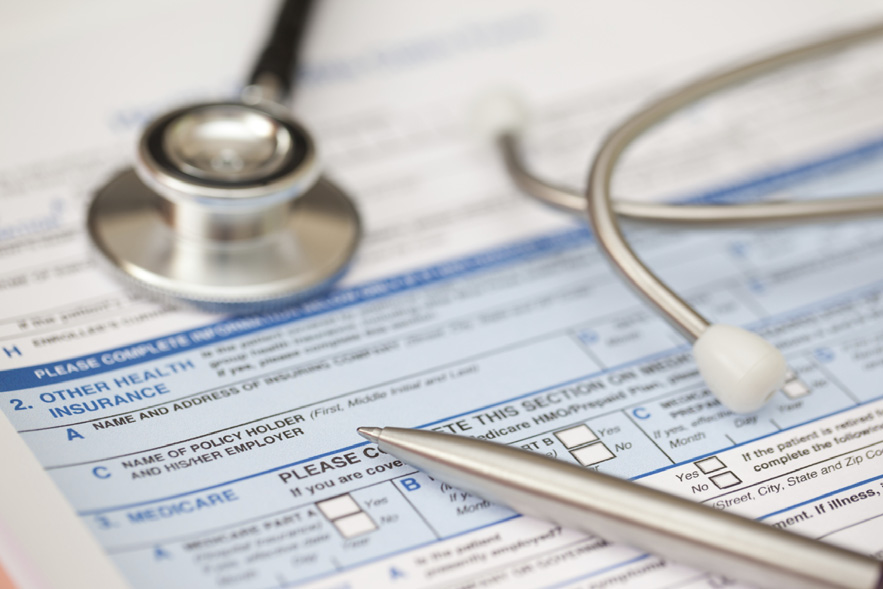New York seems to enjoy having “more” than other states: more skyscrapers, more professional teams (than most states), more theaters, the largest city in the country and many other highlights.
Unfortunately, New York also collects more tax revenue (per capita), requires two tax returns for New York City residents and instead of one research & development tax credit implementation like the IRS, New York has multiple credits for specific research and development activities.
With so many New York (state and city) tax credit programs, it’s easy to miss out, especially if you are a new business! New life sciences companies performing research and development in New York State need to be aware of a new New York tax credit program: New York’s Life Sciences Research and Development Tax Credit.
Here’s what new life sciences companies operating in New York need to know:
Who Qualifies: “New” Businesses Classified as “Life Sciences Companies”
- “Life sciences companies” are defined as a business entity (corporation, pass-through entity or sole proprietor), organization or institution devoting the majority of its efforts in the various stages of research, development, technology transfer and commercialization related to any life sciences field.
- “New” business is a certification issued by the Department of Economic Development. The certification is obtained through an application process. Generally, for a new business to qualify, it must:
- Not be substantially similar in ownership and operation to another company that is, or was a taxpayer in New York state (meaning you can reorganize and qualify).
- Not have been subject to NY tax for more than five taxable years (excluding short taxable years).
- Not be more than 50% owned or controlled by another company that is a New York State taxpayer (meaning you can’t form a subsidiary to qualify).
contact a member of the Tax Services Group.
Credit Amount: A Maximum Credit of $500,000 Per Year can be Claimed for up to Three Years
The total benefit cannot exceed $1,500,000 per taxpayer. In the case of a pass-through entity, the $500,000 limit will be applied at the entity level, not the individual partner or shareholder level. If a qualified company employs ten or more people, the amount of the credit is equal to 15% of qualified research and development expenditures (incurred within New York State) for the taxable year. If a qualified company employs less than ten people, the credit is equal to 20% of qualified research and development expenditures.
Qualified research and development expenses mirror those allowed for federal tax purposes, including wages paid, supplies consumed and rights paid for the use of computers in the conduct of qualified research. There is one exception to what is allowed for federal tax purposes; the New York State credit does not include contract research expenses, which are allowed under Internal Revenue Code Section 41(b).
Other Important Details:
- The credit is refundable, meaning credits can eliminate current year taxes (to the statutory minimum) and the excess can be refunded or credited to the subsequent year.
- Employee totals are based on a “full-time equivalent” calculation to determine the applicable credit percentage (15% or 20%).
- Companies participating in the New York Excelsior Jobs Program (research & development tax credit) cannot allocate the same activity or qualified expenses to the Life Sciences Research & Development Tax Credit Program. In other words, no double-dipping!
The credit is available for up to three years, but it cannot be claimed for years beginning on or after January 1, 2028. New York budgeted $10,000,000 annually to the program, allocating among taxpayers based on their application date. Swift action is key to securing credit allocations.
As mentioned, there is an application process, and certification must be obtained before claiming this credit. Please do not hesitate to contact a member of Withum’s Life Sciences Group to assist with the application process as well as the R&D credit calculation and support.
R&D Tax Credit Services






